There’s a quiet alchemy happening in kitchens around the world—a transformation as ancient as time, where simple ingredients evolve into complex flavors through the magic of fermentation. Fermented foods not only tantalize the palate with their tangy, rich tastes but also offer a bounty of health benefits, nurturing your gut and boosting vitality. Whether you’re a curious beginner or a seasoned home cook looking to expand your repertoire, discovering how to craft these living foods at home opens a gateway to culinary creativity and wellness. In this article, we’ll explore approachable fermented food recipes that you can make easily in your own kitchen, inviting you to savor tradition, culture, and health all in one bite.
Table of Contents
- Fermentation Fundamentals Unveiled
- Essential Ingredients for Successful Home Fermenting
- Step-by-Step Guide to Classic Fermented Foods
- Experimenting with Flavors and Textures
- Tips for Safe and Flavorful Fermentation at Home
- Q&A
- Future Outlook
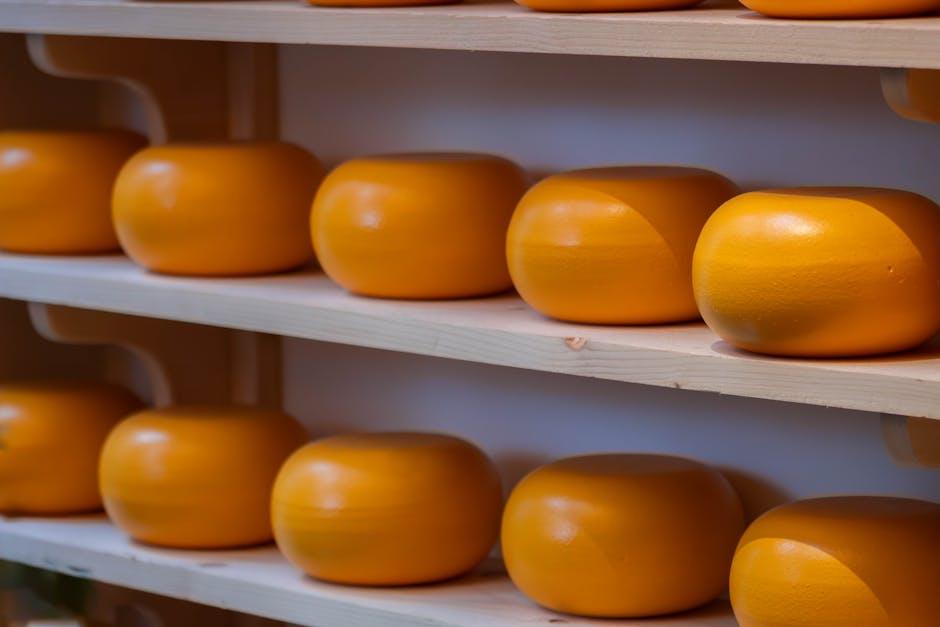
Fermentation Fundamentals Unveiled
At the heart of every tangy, rich fermented treat lies a wondrous natural process where beneficial microorganisms—like bacteria, yeast, and mold—transform simple ingredients into complex flavors. This magical alchemy not only enhances taste but also boosts preservation, nutrition, and digestibility. By embracing the delicate balance of temperature, time, and salt concentration, you create the perfect playground for these microscopic artisans to work their craft.
Understanding the essential elements can make or break your fermentation success. Keep an eye on:
- Ingredient freshness: Quality vegetables or dairy yield brighter flavors and better results.
- Sanitation: Clean tools and surfaces keep unwanted microbes at bay.
- Environment: A steady, warm spot nurtures fermentation without speeding it into sourness.
| Fermentation Type | Time | Common Foods |
|---|---|---|
| Lactic Acid | 3-14 days | Sauerkraut, kimchi |
| Alcoholic | 1-2 weeks | Kombucha, kefir |
| Acetic Acid | Weeks to months | Vinegar |

Essential Ingredients for Successful Home Fermenting
Every successful fermentation journey starts with gathering the right essentials. Not just the core ingredients like fresh vegetables, fruits, or dairy, but also the subtle accomplices such as quality salt (non-iodized, like sea salt or kosher salt), which plays a pivotal role in controlling bacteria and enhancing flavor. Alongside salt, having access to a reliable source of pure water, free from chlorine or chloramine, ensures your fermentations aren’t thwarted by unwanted chemicals. Equally important is the starter culture—whether it’s wild microbes naturally present on your ingredients or a prepared culture from a previous batch—that kickstarts the magical transformation process.
Beyond ingredients, your success hinges on choosing the right fermenting vessel and ensuring ideal environmental conditions. Glass jars or ceramic crocks are favorites among fermenters for their inert, non-reactive nature. They come paired with accessories like airlocks, weights, and breathable covers to maintain anaerobic conditions crucial for fermentation. Here’s a quick breakdown:
| Essential Item | Purpose |
|---|---|
| Sea Salt | Controls bacterial growth & enhances flavor |
| Fermenting Vessel | Provides safe, non-reactive container |
| Weight | Keeps ingredients submerged |
| Airlock or Cloth Cover | Allows gases out, keeps contaminants away |
| Starter Culture | Introduces beneficial microbes |
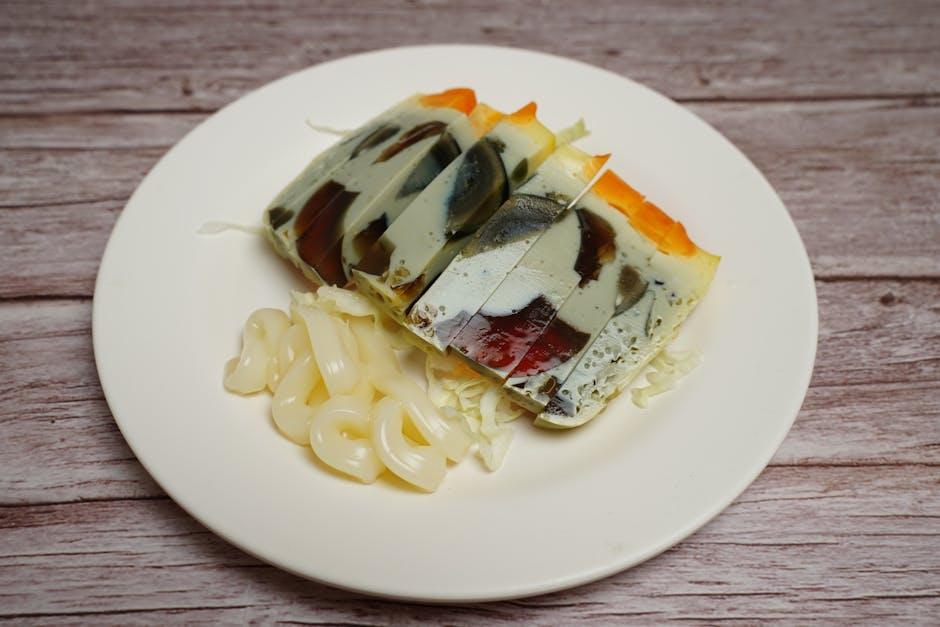
Step-by-Step Guide to Classic Fermented Foods
To embark on a successful culinary fermentation journey, start by selecting fresh, organic ingredients. For instance, making sauerkraut begins with finely shredded cabbage, mixed thoroughly with non-iodized salt. This salt draws out the cabbage’s natural juices, creating the perfect brine for beneficial bacteria to thrive. Remember, the environment should be cool and dark, around 65-75°F, allowing fermentation to develop slowly and safely. Check your ferment daily and press the cabbage down if it rises above the brine—oxygen is the enemy of a perfectly tangy result.
When crafting traditional kimchi or kefir, your fermentation times and techniques may vary, but the foundations remain constant: meticulous cleanliness, patience, and the right balance of ingredients. Here’s a quick reference table to guide your process:
| Fermented Food | Primary Ingredient | Salt % | Fermentation Time | Ideal Temperature |
|---|---|---|---|---|
| Sauerkraut | Cabbage | 2% by weight | 1-4 weeks | 65-75°F (18-24°C) |
| Kimchi | Napa Cabbage | 2-3% | 5-10 days | 60-70°F (15-21°C) |
| Kefir | Milk or Water | N/A | 24-48 hours | 68-78°F (20-25°C) |
Essential tips for any ferment:
- Use clean, non-metal containers or fermentation crocks
- Ensure ingredients are fully submerged to prevent mold growth
- Maintain consistent temperature for optimal bacterial activity
- Resist the urge to frequently open your ferment—let nature do its work

Experimenting with Flavors and Textures
Delving into homemade fermentation opens up a world where you can tailor every batch to your taste buds. Try incorporating unusual ingredients like juniper berries, star anise, or even hibiscus petals to introduce unexpected flavor notes. Texture is just as important—consider using varying cut sizes of vegetables or blending in fermented grains for crunch or creaminess. Experimenting with different salt concentrations or fermentation times can yield subtle nuances, from tangy bursts to mellow softness, giving you full control over your culinary creation.
- Blend fresh herbs such as dill or basil into sauerkraut for aromatic layers
- Mix fruits like apple slices or pomegranate seeds into kimchi for a sweet contrast
- Combine textures by fermenting crunchy veggies alongside soft beans or pulses
| Flavor Element | Texture Variation | Suggested Fermentation Time |
|---|---|---|
| Smoky paprika | Crispy carrot sticks | 5 days |
| Ginger and turmeric | Soft fermented beans | 7-10 days |
| Fennel seeds | Mixed vegetable chunks | 4-6 days |
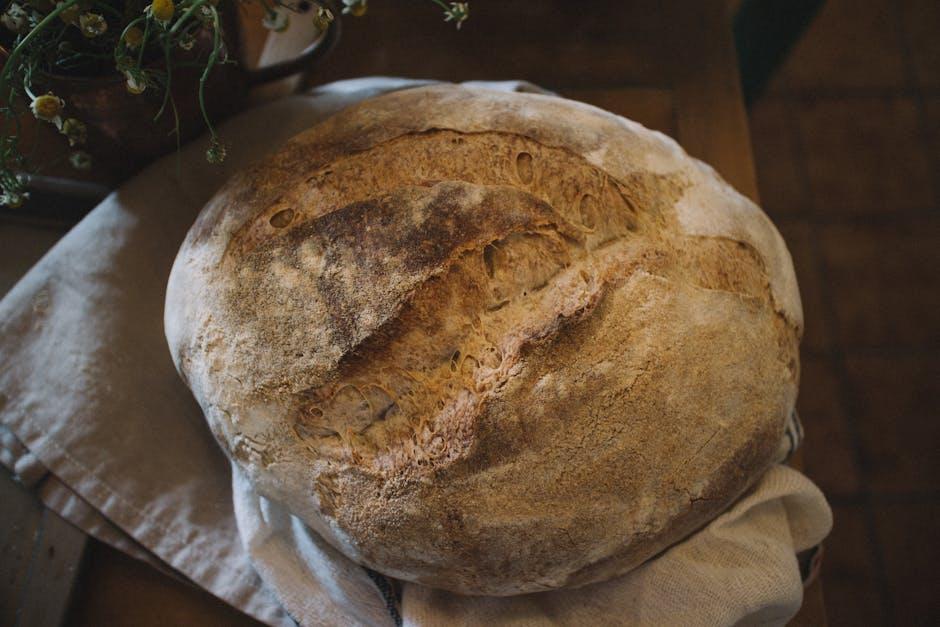
Tips for Safe and Flavorful Fermentation at Home
Maintaining a clean environment is the cornerstone of successful fermentation. Always use sanitized utensils and jars to prevent unwanted bacteria from spoiling your batch. Keep your fermenting vessels in a cool, dark spot with a consistent temperature, ideally between 65°F and 75°F (18°C – 24°C). Remember, patience is key—don’t rush the process by opening your ferment too often, as this can introduce air and contaminants. Instead, trust the natural rhythms of fermentation and enjoy the gradual transformation of your ingredients.
Flavor development is an art as much as it is science. Feel free to experiment with spices and herbs, but start with small quantities to avoid overpowering the delicate microbial balance. Keeping the vegetables submerged underwater or in brine is essential to prevent mold growth and ensure even fermentation. Here’s a quick reference table for common fermentation times and ideal salt concentrations:
| Ferment Type | Salt Concentration (%) | Fermentation Time |
|---|---|---|
| Sauerkraut | 2 | 2-4 weeks |
| Kimchi | 2.5 | 1-3 weeks |
| Pickles | 3 | 1-2 weeks |
| Kombucha | N/A | 7-14 days |
- Use filtered water free of chlorine and fluoride to avoid killing beneficial bacteria.
- Weigh down vegetables with a fermentation weight or clean stone to keep them submerged.
- Check daily for signs of mold or off-smells; a white film (kahm yeast) is harmless and can be skimmed off.
Q&A
Q&A: Fermented Food Recipes You Can Make at Home
Q1: What exactly are fermented foods, and why should I consider making them at home?
A1: Fermented foods are delicious treats created when natural bacteria and yeasts break down sugars and starches in ingredients, producing beneficial probiotics. Making them at home empowers you to customize flavors, control ingredients, and enjoy fresh, gut-friendly foods that support digestion and overall health.
Q2: Do I need any special equipment to start fermenting at home?
A2: Not necessarily! Many fermentation recipes require just basic kitchen tools—glass jars, clean cloths, and something to weigh down the fermenting veggies. While specialized fermenting crocks and airlocks exist, you can start simple and expand your gear as you grow more confident.
Q3: What are some beginner-friendly fermented foods I can try making at home?
A3: Sauerkraut, kimchi, and yogurt are fantastic starting points. Sauerkraut involves fermenting cabbage with salt, producing tangy, crunchy results. Kimchi adds spices and garlic for a flavorful kick, while yogurt transforms milk into creamy probiotic goodness with just a starter culture and patience.
Q4: How long does fermentation usually take?
A4: It depends on the recipe and ambient temperature. Quick ferments like yogurt can take 6 to 12 hours, while vegetable ferments often require 1 to 3 weeks. Taste-testing along the way helps you decide when your ferment reaches that perfect balance of tang and texture.
Q5: Is it safe to ferment foods at home?
A5: Yes, when you follow basic hygiene and fermentation guidelines. Use fresh ingredients, clean jars and utensils, and keep an eye on any off smells or mold growth, which signal spoilage. Your trusty nose and eyes are your best safety tools.
Q6: How do I know when my fermented food is ready to eat?
A6: Fermentation is both art and science. You’ll notice a pleasant sour aroma and tangy flavor developing over time. The texture should remain crisp in veggies or creamy in dairy. If the flavor appeals to your palate and the appearance is inviting, it’s ready to enjoy!
Q7: Can fermented foods be customized to suit my taste?
A7: Absolutely! You can tweak salt levels, add spices, herbs, or different vegetables to create unique flavor profiles. Experimentation is key—each ferment offers a new adventure for your taste buds.
Q8: How should I store homemade fermented foods?
A8: Once fermented to your liking, store them in the refrigerator to slow down fermentation and preserve freshness. Properly stored, many ferments keep for several months, offering ongoing culinary delights from your kitchen.
Q9: What are some creative uses for homemade fermented foods?
A9: Beyond enjoying a simple spoonful, add fermented veggies to salads, sandwiches, or grain bowls for an probiotic punch and flavor boost. Use fermented hot sauces as condiments, or blend yogurt into smoothies and dressings to enrich your meals.
Q10: Where can I find reliable recipes and guidance for fermenting at home?
A10: Books focused on fermentation, reputable food blogs, and community workshops offer excellent resources. Trusted sources ensure you gain knowledge in safe techniques and inspiring recipes to kick-start your fermentation journey.
Future Outlook
As the natural alchemy of fermentation turns simple ingredients into vibrant, tangy delights, embarking on your own homemade fermented food journey invites both curiosity and creativity into the kitchen. Whether you start with a crisp sauerkraut, a bubbling batch of kimchi, or a jar of probiotic-rich yogurt, these recipes offer more than just flavor—they offer a connection to age-old traditions and a boost for your well-being. So, gather your jars and vegetables, embrace the slow magic of microbes, and savor the rewarding process of crafting fermented foods that nourish the body and spark the senses—right from the comfort of your own home.







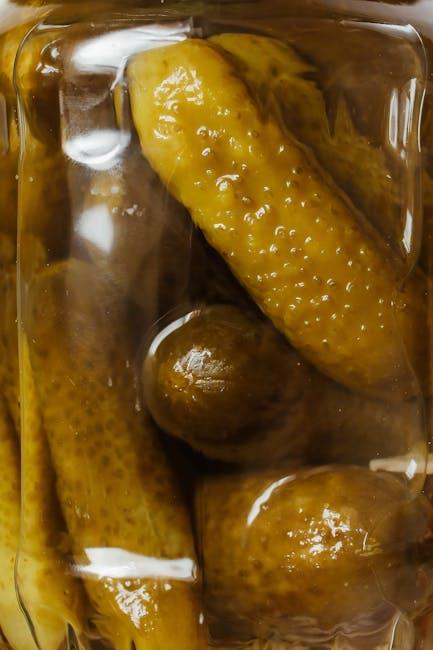

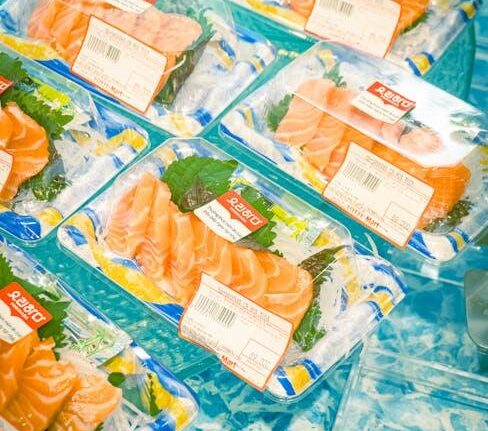
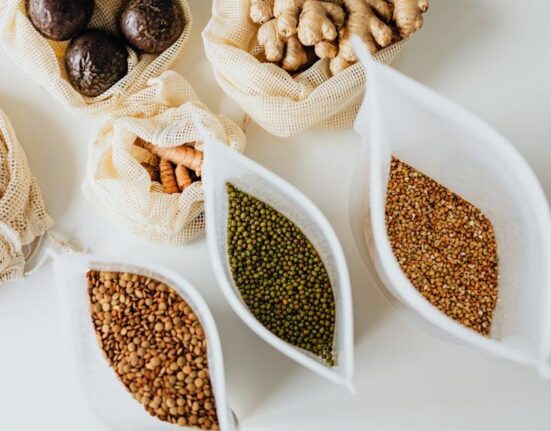



Leave feedback about this